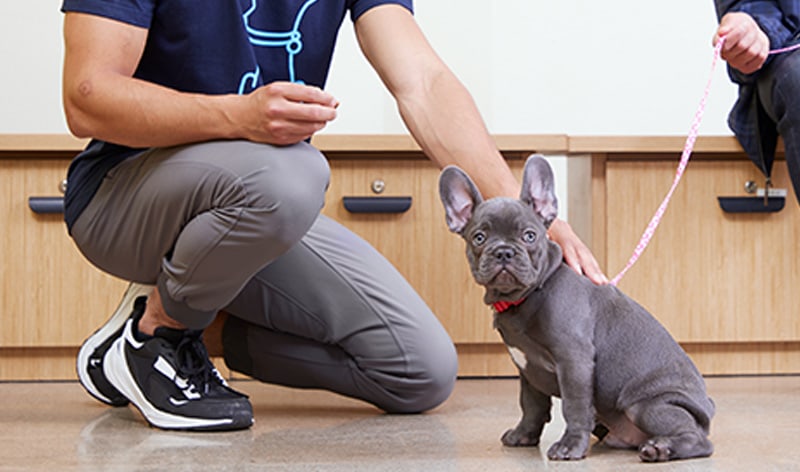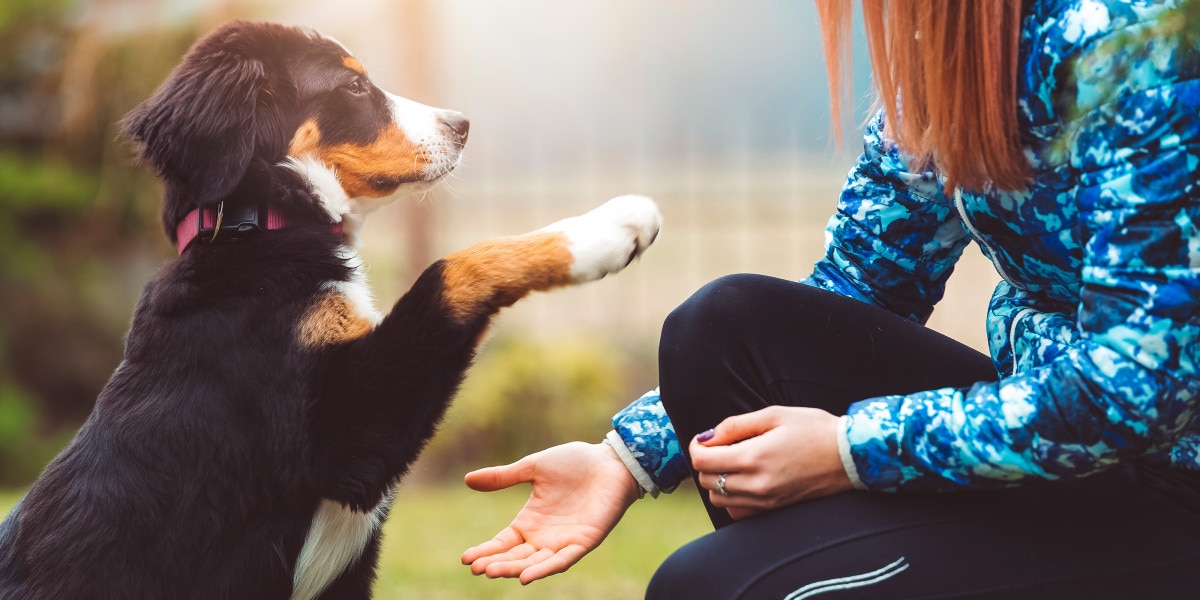Puppy Training at Home: Simple Steps to Raise a Well-Mannered Dog
Puppy Training at Home: Simple Steps to Raise a Well-Mannered Dog
Blog Article
Leading Puppy Educating Techniques to Ensure a Well-Behaved Animal
Efficient young puppy training is critical for cultivating a well-behaved friend, and numerous techniques can significantly influence a pet dog's advancement. As we check out these techniques better, it ends up being clear that the success of young puppy training hinges on a combination of strategies that can change your pet's behavior in impressive means.
Positive Support Strategies
Making use of favorable support strategies is essential for reliable pup training, as it urges desired habits through rewards instead than penalty. This approach takes advantage of on the all-natural discovering procedures of pet dogs, enhancing etiquette by offering instant and substantial rewards, such as treats, appreciation, or playtime. By linking favorable results with specific actions, pups are more probable to duplicate those actions in the future.
Rewards should be provided right away after the preferred actions happens to develop a clear link in the pup's mind. Additionally, differing the types of rewards can preserve a young puppy's interest and motivation throughout the training procedure.

Consistency in Educating Commands
Keeping consistency in training commands is vital for strengthening the lessons found out via favorable reinforcement strategies. Pets thrive on regular and predictability, so using the exact same spoken commands and hand signals for specific habits is essential. This uniformity aids puppies understand what is expected of them, lowering complication and frustration for both the trainer and the animal.

Timing also plays a considerable role in uniformity. Commands must be delivered promptly throughout training sessions and complied with quickly by favorable support, such as deals with or appreciation. This prompt reaction helps solidify the organization in between the command and the desired habits.
Incorporating uniformity into training sessions will certainly produce a secure knowing atmosphere, promoting quicker proficiency of commands. Ultimately, a well-structured technique cultivates a strong bond in between the pup and its proprietor, bring about a much more loyal and well-behaved family pet.
Socialization With Other Animals
Socializing with various other family pets is important for a pup's advancement, as it helps them discover ideal habits and communication abilities in diverse social contexts. Early interactions with different animals can significantly affect a pup's temperament and adaptability in numerous circumstances. When young puppies are revealed to a selection of pet dogs, they end up being more positive and much less fearful, which can prevent possible behavior concerns later in life.

Educate your puppy to acknowledge signals from other pet dogs, such as indicators of playfulness or discomfort, cultivating shared regard and understanding. Regular socialization not just boosts your young puppy's social abilities yet additionally adds to their overall health, creating a more harmonious living atmosphere.
Crate Training Conveniences
Acknowledging the numerous advantages of dog crate training can considerably boost both the young puppy's and owner's experience. Crate training supplies a protected and secure environment for young puppies, guaranteeing they really feel protected when laid off. This sense of safety can dramatically lower anxiety and stress and anxiety degrees for both the pet dog and the owner.
In addition, cages work as a useful housebreaking device. Pups naturally prevent staining their sleeping area, consequently motivating them to hold their bladder till they are let outdoors. This instinct can accelerate the housebreaking process, promoting great practices at an early stage.
When unsupervised,Crate training also helps in managing a puppy's behavior - puppy training. By providing a designated area, owners can prevent destructive behaviors, such as eating on furniture or getting involved in harmful substances. Additionally, cages can be advantageous during traveling, providing an acquainted space that can aid soothe a pup in new settings.
Finally, developing a pet crate regular motivates self-reliance, enabling puppies to discover just how to be alone without worry. Generally, dog crate training is a reliable technique for promoting security, harmony, and self-control, leading to a well-adjusted, well-behaved family pet.
Chain Training Basics
Leash training is a fundamental aspect of responsible pet ownership that ensures a risk-free and pleasurable walking experience for both the pup and read review its owner. Proper leash training begins early, preferably throughout the young puppy's socialization period. When out in public., this training aids establish excellent practices and advertises favorable habits.
To begin, choose a comfy collar or harness that fits your young puppy well. Attach a strong chain, guaranteeing it is not too long, as this can lead to pulling and irregular habits. Start in a silent atmosphere to reduce interruptions and slowly introduce your puppy to new environments.
Usage favorable support strategies, such as treats and appreciation, to urge your puppy to walk beside you. If your young puppy pulls, quit walking and wait for them to return to your side before proceeding.
In addition, include short training sessions with enjoyable disturbances to build your puppy's emphasis. With devotion and persistence, chain training will lead to an accommodating companion, making strolls enjoyable for both the owner and the pup.
Final Thought
In verdict, using efficient puppy training methods is critical for creating a well-behaved pet. Generally, these methods collectively advertise an unified connection between young puppies and their proprietors.
As we discover these approaches further, it becomes clear that the success of pup training pivots on a combination of methods that can transform your pet's behavior in remarkable methods.
Utilizing positive reinforcement strategies is crucial for reliable young puppy training, as it urges desired behaviors through rewards instead than punishment.Crate training also helps in taking care of a young puppy's actions when without supervision.Leash training is a fundamental element of liable animal possession that ensures a risk-free and pleasurable strolling experience for both the pup and its proprietor.In final thought, utilizing effective puppy training methods is critical for establishing a well-behaved animal.
Report this page